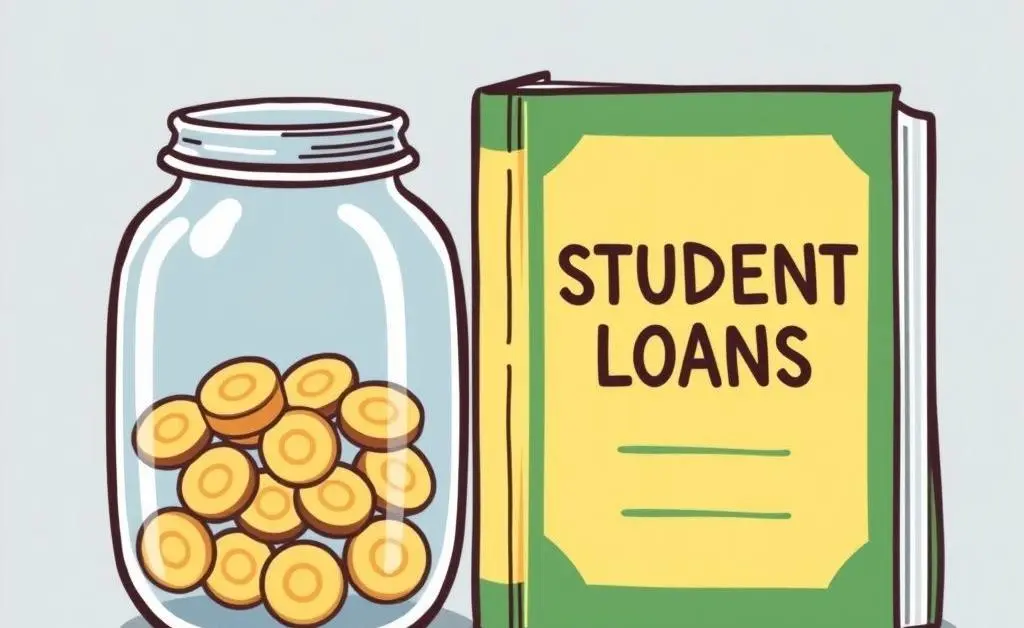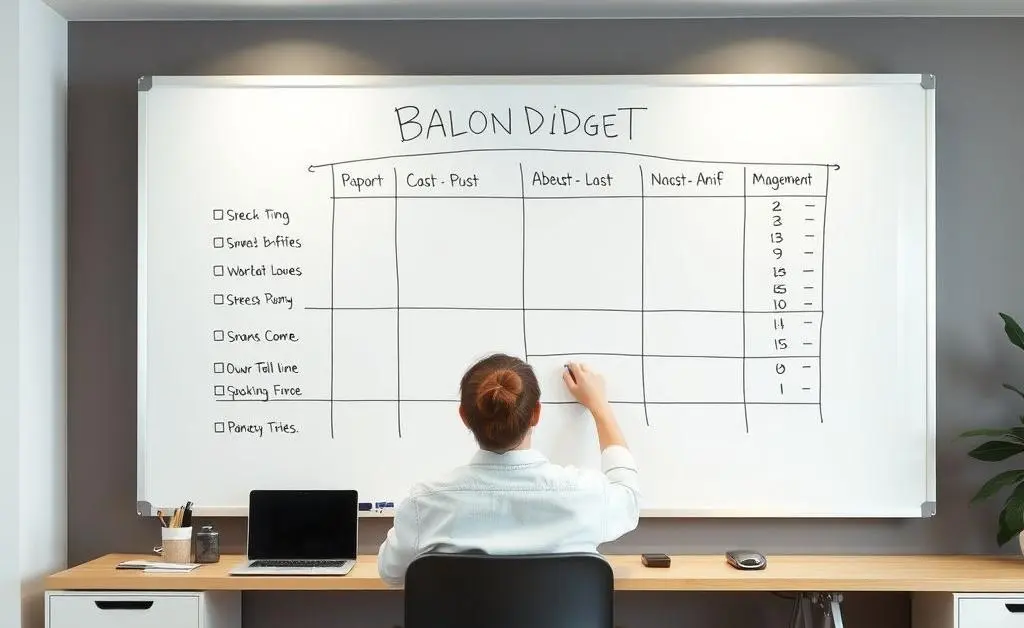Balancing Act: Managing Student Loans While Building Savings
Explore practical strategies to juggle student loans and grow your savings smartly under 155 characters.

Hey there! Navigating the world of student loans can feel a bit like walking a tightrope, especially when you're also trying to build a nest egg. If you're scratching your head wondering how to best tackle your student debt while still making your savings grow, pull up a chair—let's dive into this tricky financial balancing act.
Understanding Your Financial Landscape
Before diving into repayment strategies, it’s crucial to understand the broader picture of your finances. Let’s say you’ve got $82,000 in student loans. That’s no small change! But on the bright side, you also have $80,000 in savings. Knowing these numbers inside out will help shape your strategy.

Pay Down Debt or Save More: What's the Priority?
This is the million-dollar question, isn't it? In practical terms, the interest rate on your loans compared to the interest rate on your savings can guide you. If your loan interest is higher than what you'd earn on savings, throwing a bit more at that debt might make financial sense.
Pros and Cons of Paying Off Loans
- Pro: Reducing the total interest you’ll pay over time.
- Con: Limiting your immediate liquidity and flexibility.
The Case for Building Your Savings
- Pro: Having a safety net for unexpected expenses.
- Con: Potentially paying more in loan interest over time.

Strategies for a Balanced Approach
Why not make a plan that allows you to do both? You could employ a strategy like the 50/30/20 rule tailored to your situation: 50% of any income, bonus, or unexpected windfall goes towards debt, 30% to savings, and 20% for fun (because we all need some fun!).
Consider Refinancing or Consolidation
If your current rate isn’t favorable, refinancing might help. It’s like refreshing your loan, possibly with a lower interest rate. You might find it worth looking into with a financial advisor, or use resources like Consumer Finance to get started.

Final Thoughts
At the end of the day, the journey toward financial freedom—without getting bogged down by student loans—requires a plan that resonates with your personal goals and peace of mind. I’d love to hear from you. How are you balancing the act of loans and savings? Let’s continue this conversation!




